You are here
Back to topChina Suspends Auramine Testing Certification for 2 Thai Labs
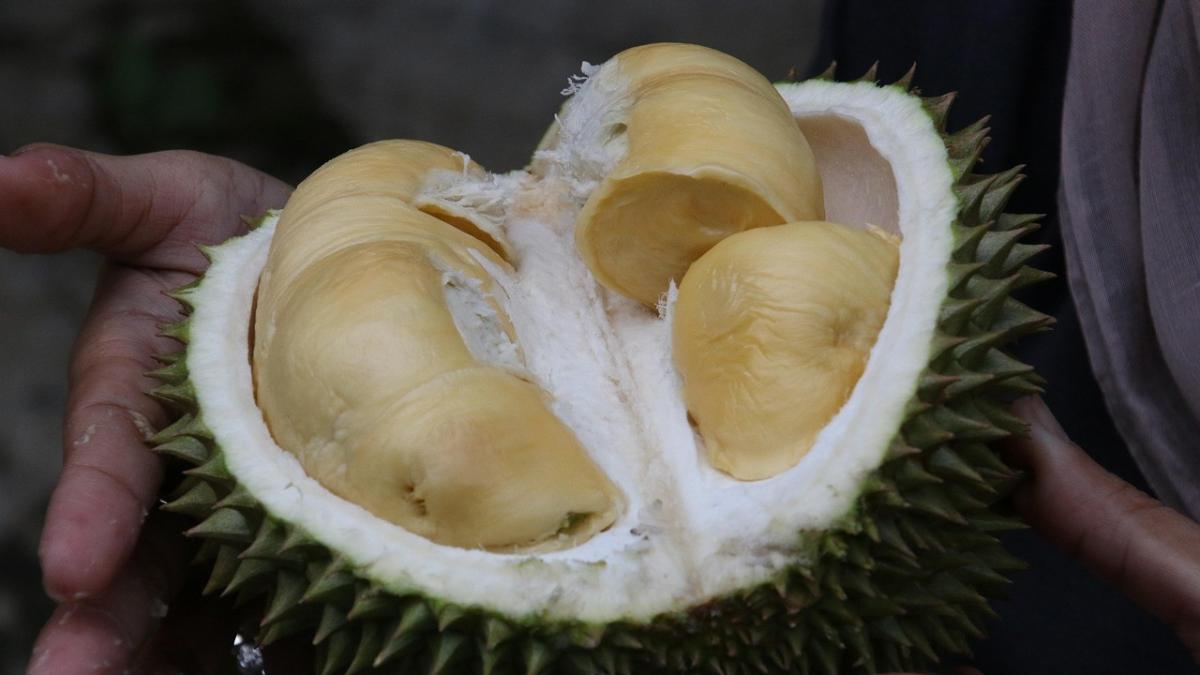
Eastern Thailand’s durian production season has now begun, and the industry is gearing up for its peak shipping period. However, the General Administration of Customs of China has recently suspended its certification of two Thai laboratories for auramine O testing, sparking concerns within Thailand’s durian industry.
According to Thai media reports, the suspension was prompted by batches of durians that the laboratories had certified as free of auramine O later being found to contain it during random inspections by Chinese customs officials. Given the limited number of certified laboratories, this suspension could pose a considerable challenge for Thailand’s durian exporters.
On Jan. 10, Thailand’s Ministry of Agriculture and Cooperatives announced that all fresh durians destined for China must include a testing report from a laboratory certified by the GACC. This requirement aims to ensure that the durians are free of auramine O and that cadmium levels do not exceed permissible standards. The recent suspensions suggest the possibility of either the illegal use of auramine O or issues with testing equipment, although the exact causes are still being investigated.
Another issue affecting the quality of Thai durians is the prevalence of unripe durians flooding the market during the early season. This problem has been a recurring focus in past years. With this year’s attention centered on food safety concerns, the issue of unripe durians has drawn less scrutiny but nonetheless remains unresolved.
According to sources from Thailand’s Ministry of Agriculture and Cooperatives, one Thai laboratory was requested by Chinese authorities to stop issuing test reports as early as late January, followed by the suspension of another laboratory on March 26. Currently, only six laboratories are certified, with five more awaiting approval. This limited testing capacity has raised widespread concerns within the industry about potential disruptions to exports during the upcoming peak durian season.
During the peak season, 700–1,000 containers of durians are exported daily. The six certified laboratories can collectively test a maximum of 3,000 samples per day, which falls far short of meeting export demands.
Thai authorities stated that a container of durians, weighing approximately 18 metric tons, is tested by randomly selecting five samples for inspection. Both Chinese and Thai authorities conduct random sampling. While Thai laboratories reported no detection of auramine O during their inspections, Chinese customs officials found the opposite.
Natthakrit Olarnhiranrak, vice president of the Thai–Chinese Agricultural Trade Association and a durian exporter, stated that if China does not reduce the inspection ratio, exporters will be forced to lower their batch purchase volumes to mitigate risks. For example, exporters who previously bought an average of three containers of durians daily may now purchase only one. They would then need to wait two days for the test results before shipping the durians for a second round of inspection by Chinese customs officials. Exporters are reluctant to export in large batches, as a single positive result for auramine O by Chinese officials could result in the entire container being returned, causing losses of four to five million Thai baht ($119,000–149,000) per container.
In addition, the GACC has tightened its approval policies for Thai durian orchards and packing facilities that intend to deal with durian exports to China. Some facilities have implemented stricter hygiene measures, such as renovating floors, upgrading equipment and training staff. They are also requiring orchards to provide GAP certification, starch content test certificates, and test reports for auramine O and cadmium.
One exporter revealed that the lack of packaging facilities approved by the GACC may cause the export volume to fall this year, potentially triggering a chain reaction. More than half of durian shipments could face delays due to customs inspections, leading to longer container turnaround times and rising rental costs. Container rental fees, which typically range from 160,000 baht ($4,776) to 190,000 baht ($5,671) per unit, could surge to 200,000 baht ($5,969) to 300,000 baht ($8,954) if shortages become severe.
Furthermore, heavy rainfall is expected to reduce durian production in eastern Thailand by 30%, with total output likely capped at 700,000 metric tons. Early-season production accounts for just 5% of the total, with prices already rising to between 240 baht ($7.16) and 250 baht ($7.46) per kilogram. Peak production, which will account for 30% of total output, is anticipated to begin in late April. Thailand is intensifying its negotiations with Chinese authorities, seeking to reduce the inspection rate from 100% to 30% to ensure smoother customs clearance for durian exports.
Image: Pixabay
This article was translated from Chinese. Read the original article.



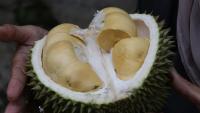
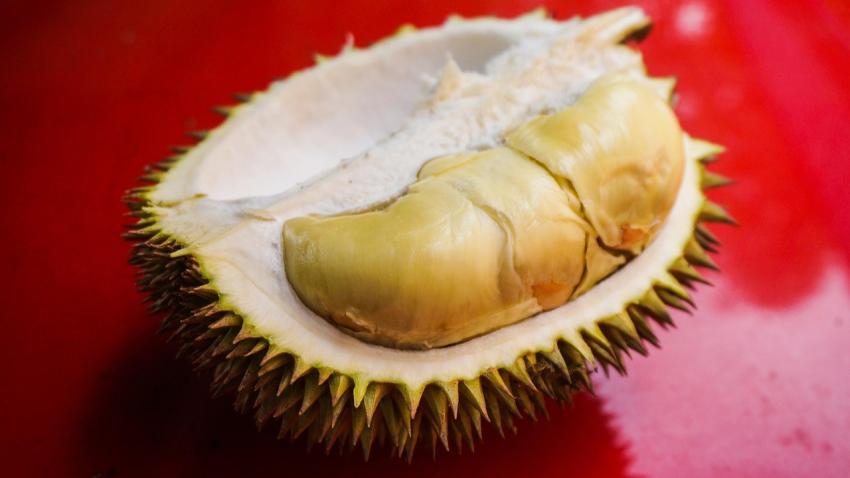
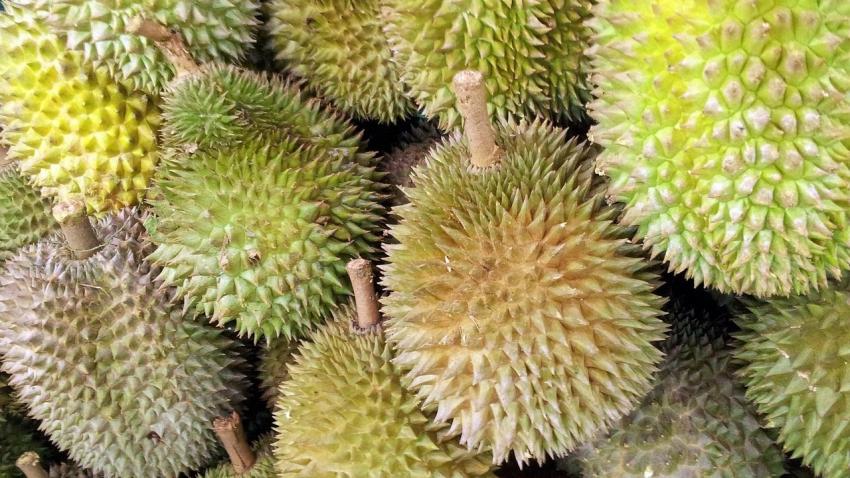
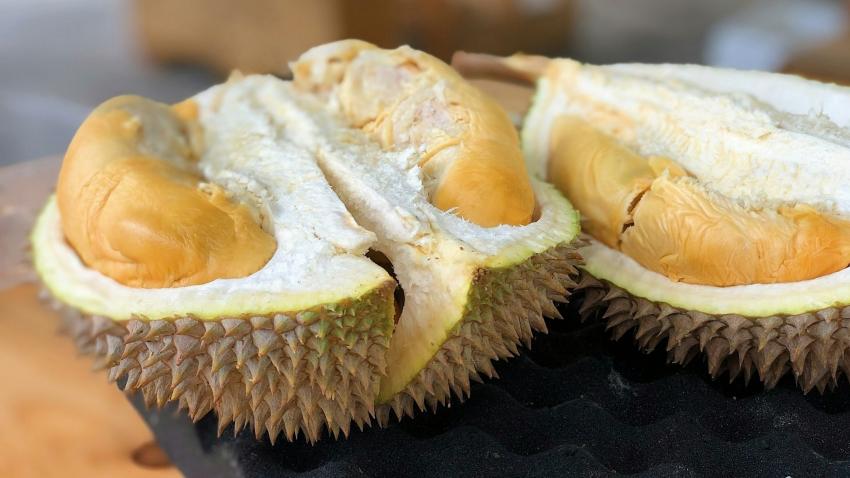
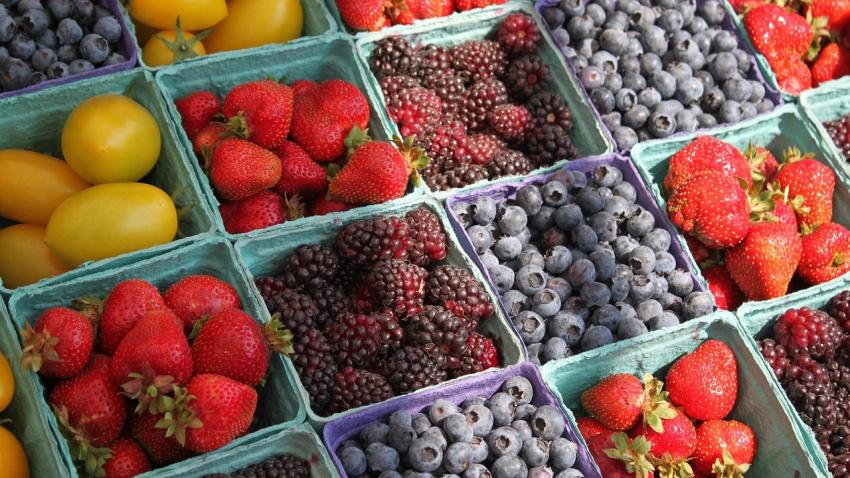
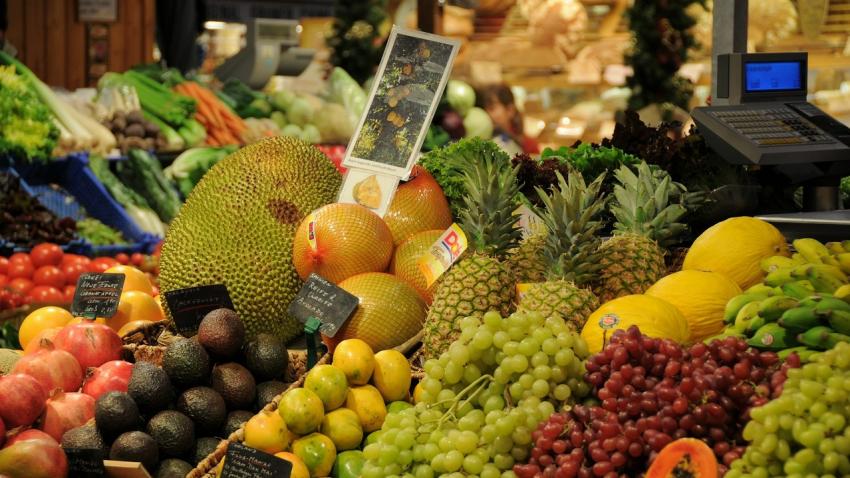
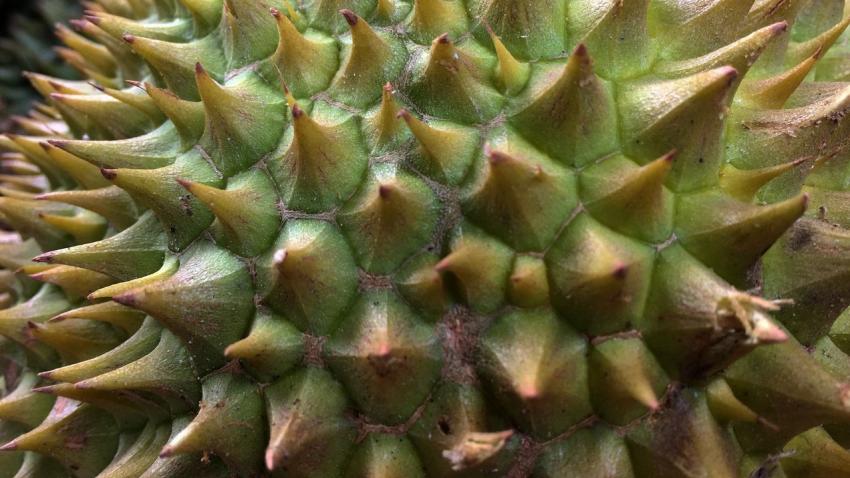



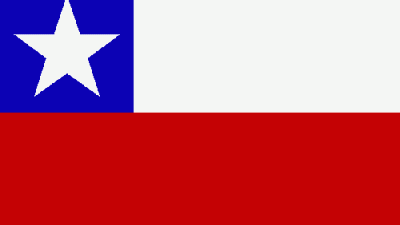

Add new comment